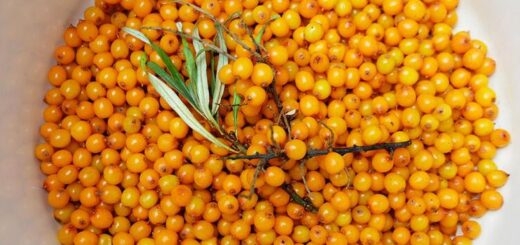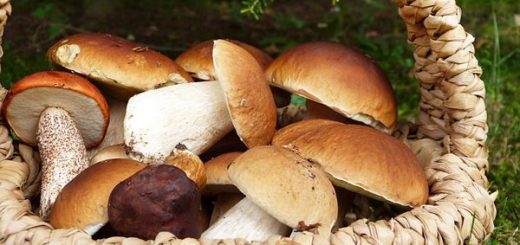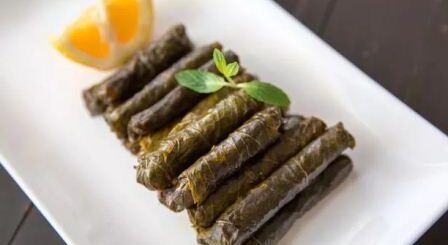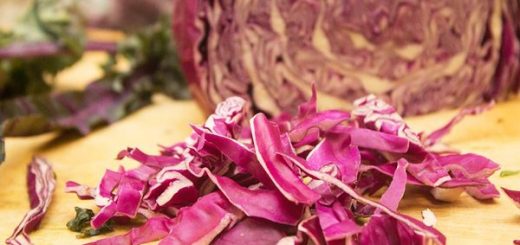Walnut Leaf – 10 Benefits You Didn’t Know

Walnut leaf is a little-known source of healing that has many benefits for human health. The leaves, which have been widely used in traditional medicine since ancient times, continue to heal as well as dried leaves. It is a plant that is frequently used in skin and hair care as well as disease treatment.
If you want to have information about the benefits of walnut leaves and how to use them, you can read the article we prepared until the end. You can be sure that it will pique your interest!
Walnut Leaf Look What It’s Good For! Here are 10 Benefits You Didn’t Know
Walnut tree leaves, which bloom in May and start to be collected as of mid-June, are a cure-all from cellulite treatment to shedding intestinal worms! Walnut leaf is a plant that has benefits for the skin and it is widely used for this purpose. We can list the prominent benefits of walnut leaves, which are healing in different fields and frequently used in our country:
1) It is effective in removing toxins accumulated in the body. By applying a walnut leaf tea cure, you can get rid of germs, bacteria and toxins in your body. It is also used to reduce intestinal worms.
2) It is a plant that you can use to eliminate vitamin E and C deficiency.
3) Walnut leaf, which is effective in skin beauty and care, is beneficial in meeting the carotene and tannin needs of the body.
4) It is used as a supplement in the alternative treatment of many types of cancer. There are opinions that it is useful in blocking rapidly spreading cancer cells.
5) If ointments and pastes prepared with walnut leaves are used in wound treatment, they give successful results.
6) It is known to be effective in the treatment of cracks and cellulite, one of the biggest skin problems of women.
7) Used for hair care and beauty. It strengthens the hair. It makes it look healthier, brighter and more vibrant. Walnut leaf is also useful for hair loss problem.
8) It is said to be useful in the treatment of rheumatic diseases.
9) If the skin is compressed with walnut leaf juice, it is beneficial in the treatment of acne and acne scars. If you puree the leaves and make a paste, you will get a good skin care mask.
10) Walnut leaf is a plant that is also beneficial in the field of oral health and dental care. It can be used as a supplement in the treatment of teeth and gingivitis. You can use walnut leaf tea to relieve inflammation in the mouth. You can help destroy bacteria by gargling once a day with the tea you have prepared. Although walnut leaves can be used for teeth whitening, there is no definite data on this subject. But it is recommended to be used as a mouthwash for oral and dental health.
Harms and Side Effects of Walnut Leaf
- Before applying herbal formulas recommended in the field of alternative medicine, you should definitely consult your doctor. It would not be right for patients who have chronic diseases and regularly use drugs to apply herbal treatment before meeting with their doctor.
- These criteria also apply to the use of walnut leaves. In addition to its benefits, the tannin substance in its content can be dangerous for those with allergies.
- Even if it is not allergic, it can cause side effects such as nausea, vomiting and diarrhea in sensitive people. Apart from these, walnut leaf has no known harm and side effects.
- Walnut leaf is not a harmful plant, but it is not right to use it excessively.
How to Color Hair with Walnut Leaf?
You can use walnut leaves to balance the color of your hair with natural applications. You can use it to cover the whites in your hair, or you can use it to make your light-colored hair a little darker.
It is possible to provide the vitamin E supplement your hair needs with walnut leaves. If you add the water you will obtain by boiling the fresh leaves into your shampoo and use it, your hair will gain a bright and shiny appearance. In addition, if you wash your hair once a week with direct walnut leaf juice, you will see the benefits in a short time. If you want to lengthen your hair, you can apply this method.
If you want to dye your hair naturally, you should use both walnut leaves and walnut shells. You can follow this way:
Application:
- Boil a handful of walnut leaves in 2 glasses of water for 20 minutes.
- When the boiling time is over, turn off the heat and let it brew for 20 minutes.
- Beat the walnut shell well enough to obtain 1 tablespoon of walnut shell puree or shred it with a blender.
- Then mix the crushed shells well with the brewed walnut leaf juice.
- Apply the mixture to your hair once a week, leave it for an hour, and then rinse it with water.
- You can darken the color of your hair using this method.
- Moreover, you will strengthen your hair follicles and make them shine.
If you are experiencing hair loss problem, you can try using walnut leaf juice. If you continue to wash your hair with this water, you can see that your hair grows longer and you get a more lively and shiny structure.
How to Brew and Drink Walnut Leaf Tea?
You can brew and consume walnut leaves as tea. If you do not overdo it, you can take advantage of its healing aspects. Walnut leaf tea is a beverage with many benefits. First of all, it serves to strengthen your immune system. You can drink walnut leaf tea a few days a week to protect yourself from diseases such as colds and flu during the winter months. After a month of cure, you need to take a break.
It is also very useful for the destruction of intestinal parasites. You can get help from him in the treatment of gout and lowering blood sugar. It is a complete vitamin store for those who suffer from vitamin C deficiency.
You can easily prepare walnut leaf tea:
Preparation of:
- Throw 1 teaspoon of finely chopped walnut leaves into 1 glass of boiled water and let it brew.
- After infusing for five minutes, strain it into a glass.
- You can consume your prepared tea by sipping it without adding sugar.
Usage Suggestions:
- You can also benefit from walnut leaf tea for skin diseases that occur on the skin.
- You can use the water you have prepared as tea to clean your face with the help of a piece of cotton. You can also try the same application in the treatment of adolescent acne.
- When taking a bath with walnut leaf juice prepared in large quantities, it is also beneficial for problems such as eczema, fungus and skin itching.
- Walnut leaf juice can give good results for skin diseases and abrasions on the skin.
- If you use the water prepared in the form of tea regularly in your skin care, you can see that it has a botox effect. Your skin gains a taut and bright appearance.
- You can wash your face every day with walnut leaf tea to prevent wrinkles due to aging. After two weeks, you can see that your skin is more lively and taut.
Does Walnut Leaf Make You Weak?
- People with excess weight often want to lose weight with practical solutions. But unfortunately, there are no easy methods to solve this process harmlessly.
- It is not possible to lose weight without reducing daily calorie intake and without exercise.
- Since herbal teas increase the speed of metabolism, it may benefit people who are on a diet to some extent. However, it does not have the feature of losing weight or weakening it obviously on its own. This also applies to walnut leaves.
- If you spare a glass of your daily water consumption for walnut leaf tea, your metabolism will work faster and it may benefit you in this context.
- If you follow your diet and exercise program without interruption and drink a glass of walnut leaf tea a day for a month, you can lose weight healthily.
- Keep in mind that no herbal tea alone has the ability to lose weight.











